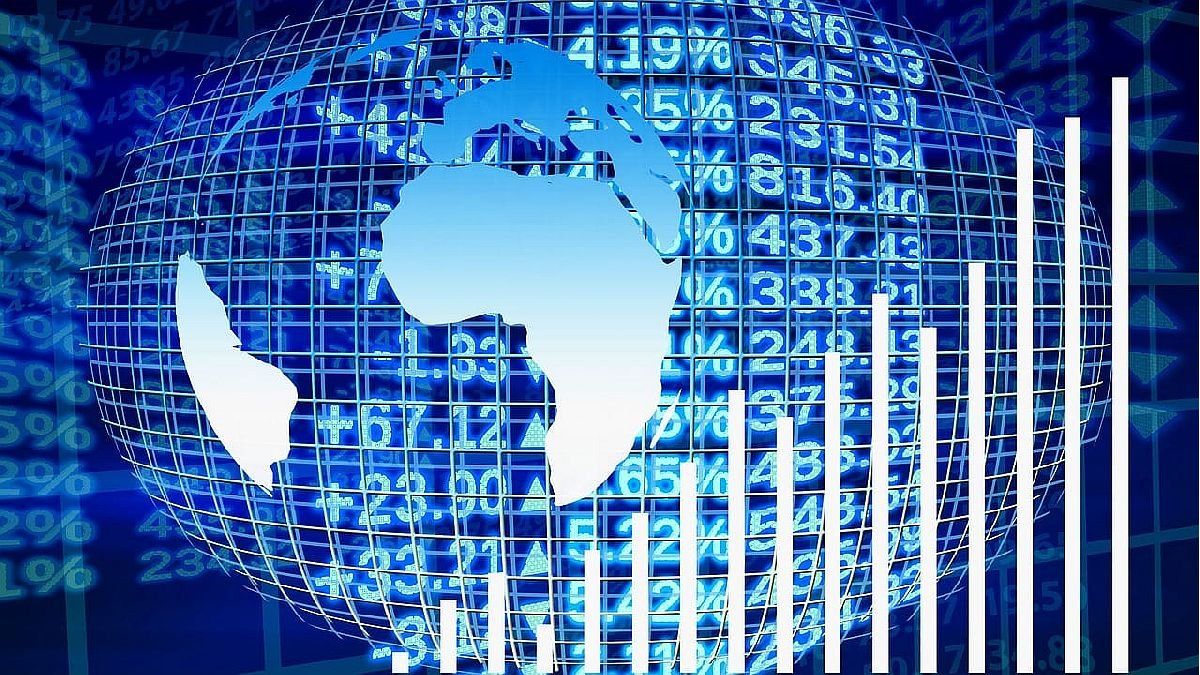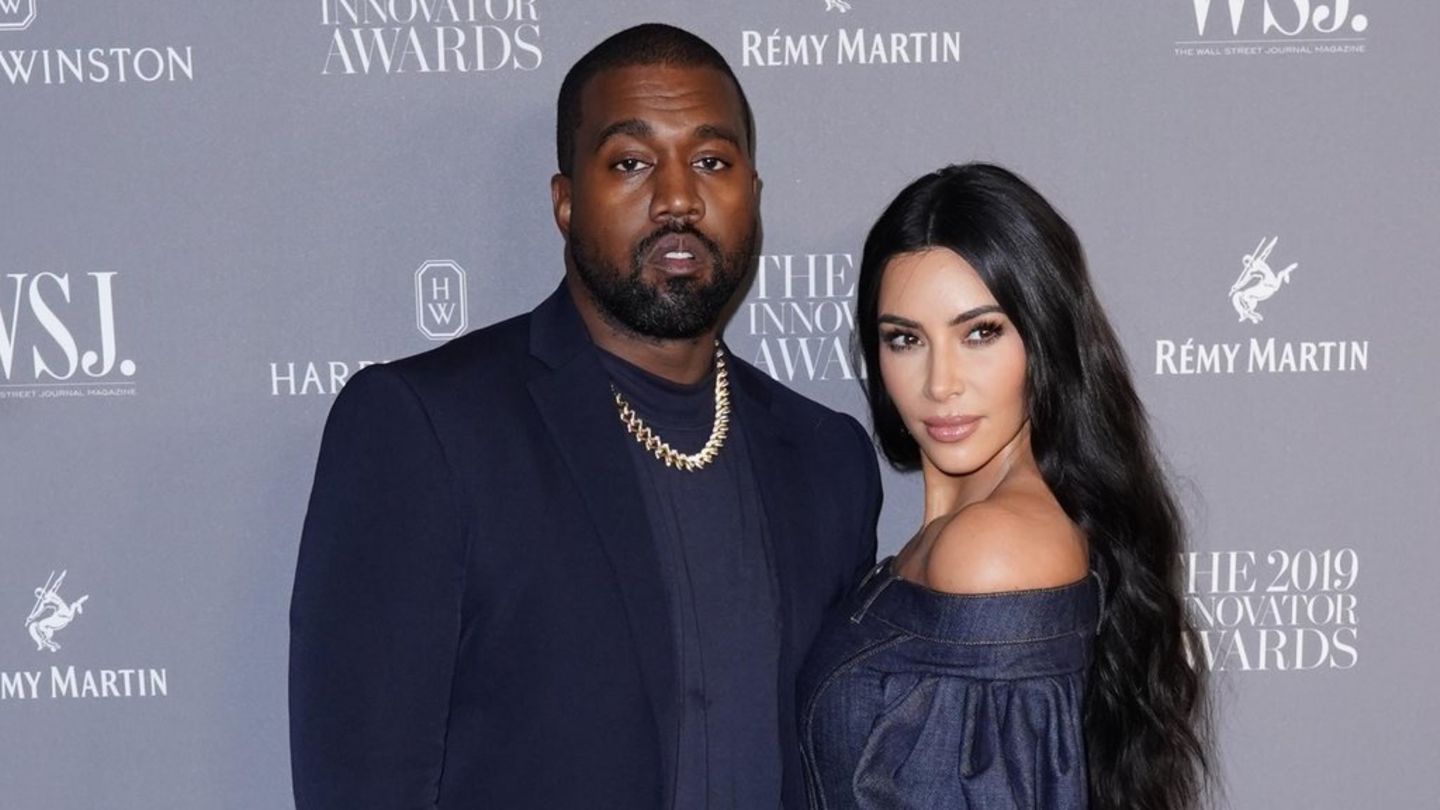In the second quarter of the year, and in the face of inflation higher than expected in the first months of the year (the budget goal was 29% per year and accumulated inflation in the first four months already amounted to 18%), the bills adjustable by Inflation shone in from every Treasury tender. But given that the debt linked to the CER has a higher cost of repayment if inflation does not yield (it cannot be liquefied), and the maturities of this type of instruments for the first half of 2022 had become very bulky, Finance began to increase the yields on fixed-rate bills in the third quarter of the year, seeking that these placements beat expected inflation and were more attractive to investors.. Specifically, yields on discount bills maturing less than 100 days increased from 40% at the beginning of the year (annual effective rate) to an average of 47% in the last semester. The latter has an implicit monthly rate of 3.3%, above the average inflation for the second half of the year (3%).
Expectations of an acceleration in inflation, implicit in the high amounts awarded of indexed securities in Treasury tenders, were not validated in the following months, and inflation in March (4.8% at the national level) ended up being the most discharge of the year. The electoral recipe for exchange rate and tariff delay began to impact inflation as of May, and monthly registrations fell from an average of 4.1% in the first four months of the year, to 3% between May and August.
During the second half of the year all eyes were on the exchange rate. The market was betting on a currency correction after the elections and the demand for hedging soared. The dollar-link and CER-adjustable bonds with similar maturities reflected that, for an investor to be indifferent between these two instruments, the exchange rate had to advance about 5 points above inflation between November and April. For now, although the Central Bank accelerated the crawling-peg pace, in December the official exchange rate continued to advance on average below inflation (1% in November and 1.7% in December, against inflation records of 2 , 5% in November and around 3% in December).
For its part, Open interest in future dollar contracts rose sharply on the eve of the November Legislative elections and the futures curve also discounted an acceleration of the crawling-peg after the elections: the December contract was selling for around AR $ 108 , 7.5% above the spot of that moment. The official exchange rate finally closed the year at AR $ 102.75. Likewise, at the beginning of November, future dollar contracts as of January were trading at AR $ 115, in February at AR $ 120 and in March at AR $ 125, but on the last business day of the year they were trading at AR $ 106.71, AR $ 111.10 and AR $ 116.20 respectively.
For the start of 2022, the market now expects an exchange rate policy in the direction observed in December, although with a somewhat more marked acceleration of the crawling-peg of the official exchange rate, which will begin to slide -at least- at the rate of inflation. Given the high exchange rate pressure that will occur during the summer, a sharp jump in the dollar similar to that of January 2014 cannot be ruled out, but the BCRA appears willing to pay the cost – in terms of activity and inflation – of turning off the tap on imports. , as happened last October, to avoid a devaluation. Will the first expectation of the market be validated for the new year?
* Lorena Giorgio, Chief Economist at Equilibra
Source From: Ambito




